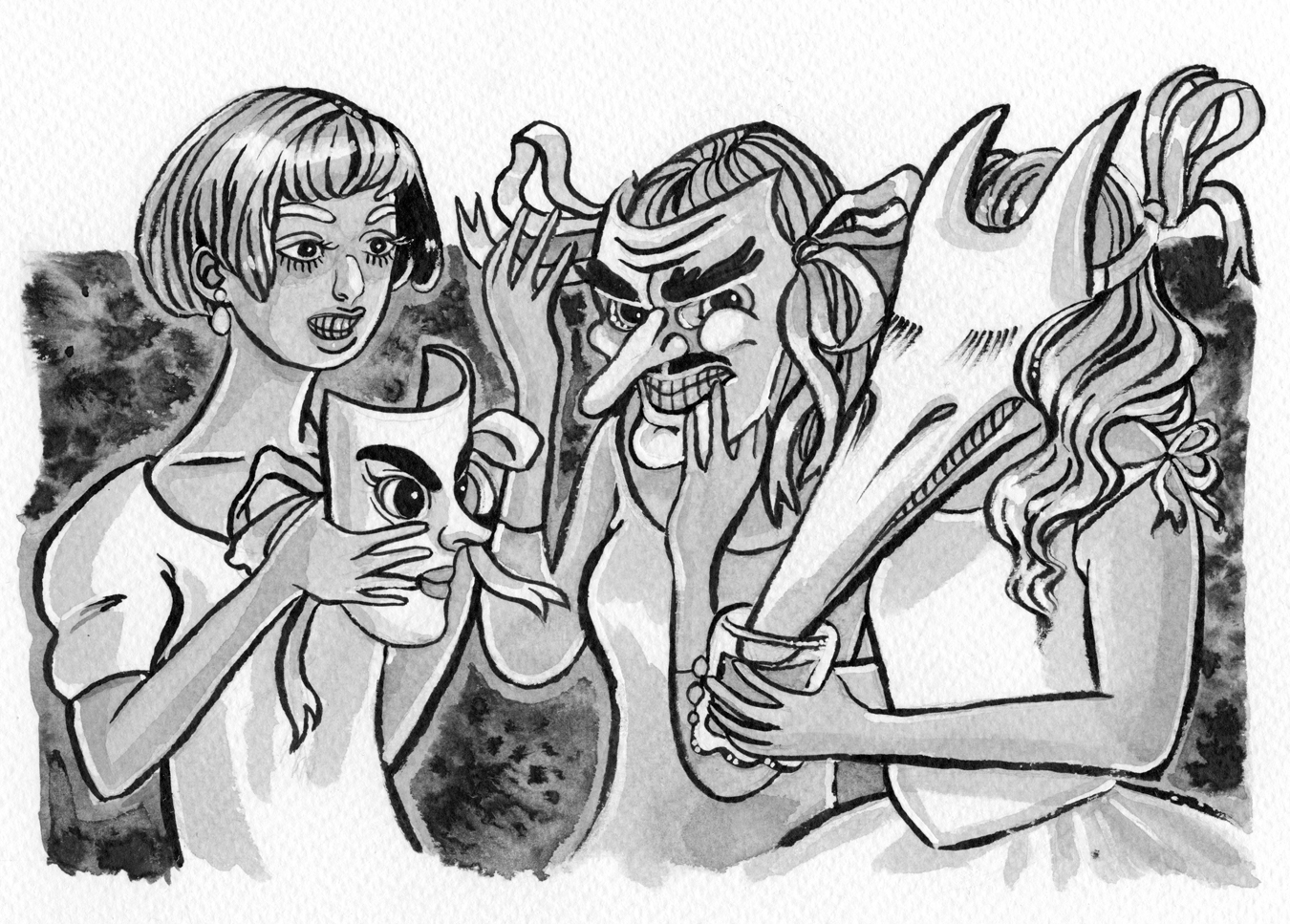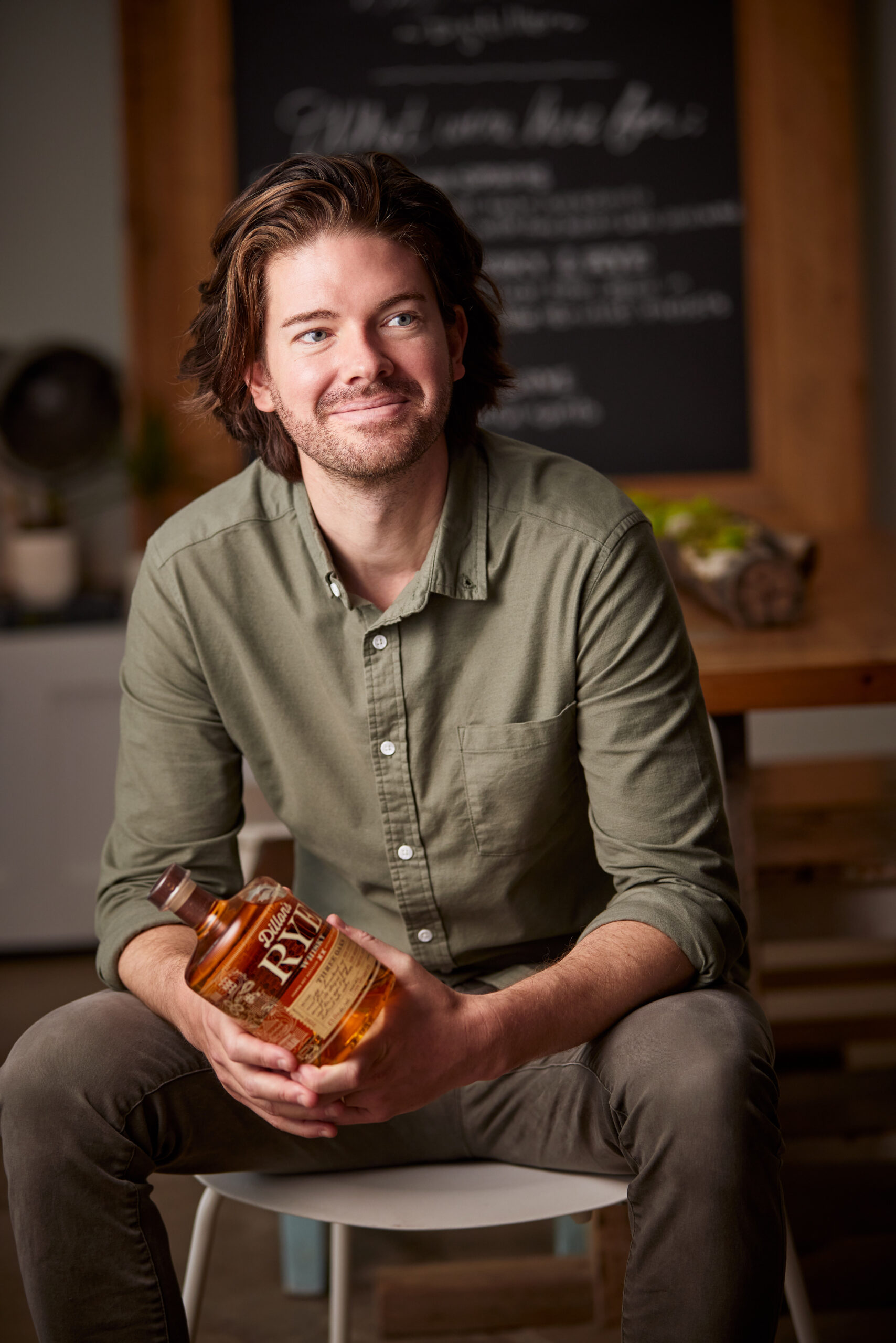The Historic Festival of Mi-Carême
This little-known Canadian celebration is Halloween for adults.

With its costume competitions, treats, and atmosphere of mischief, Halloween is Canada’s dominant masquerade festival—but it’s not our only one. The lesser-known Acadian festival of Mi-Carême looks, at a glance, like a peculiar cousin of Halloween. Participants may choose to decorate their driveways with scarecrow-like figures and hang red lights on their homes to prepare for visits from mi-carêmes—masked wanders who roam the streets at night, knocking on doors and asking to be let inside. There, a guessing game begins—who is this masked stranger, a neighbour, or a family member, or a friend? Once the mi-carêmes’ true identities have been revealed, their hosts treat them to a snack—toffee, fudge, and a bit of booze are traditional—and instruments come out for a musical performance before it’s on to the next house.
Once widespread throughout French Canada, there are only four spots in Canada where Mi-Carême is still celebrated today: Chéticamp, Nova Scotia, and in Quebec, Natashquan, Isle-aux-Grues, and Fatima. “Mi-Carême used to be celebrated in most small villages and small towns that had Roman Catholic roots, and it was to break the fasting that the church would ask them to do after Mardi Gras and before Easter, the 40 days of Lent,” explains Monique Aucoin, who has celebrated the festival annually for 68 years and is the president of Chéticamp’s Société Mi-Carême (which indeed translates to “mid-Lent”). Over time, various elements of modernity dulled Mi-Carême’s appeal to all but the most remote Acadian villages, where communities are close-knit and trusting, nobody is too fussy about crowds stomping over their hardwood or carpet, and a giddy, carnivalesque event brightening the wintery gloom is very welcome. “In my first life I was a nurse and I always said the week of Mi-Carême was a great week to work because nobody was sick. It’s like endorphins,” says Aucoin.
Today, the history of Mi-Carême is cherished (though the festival has lost much of its religious association) and the villages that uphold its tradition also work to expand it, through the creation of visitor information centers and the elongation of the festival itself, which can now feature opening and closing galas or community dances. Those who have moved away are known to return for the event, and newcomers are quickly incorporated into the tradition. “I think it’s the best celebration that our culture has,” says Aucoin, “it makes people happy.”
_________
Never miss a story. Sign up for NUVO’s weekly newsletter, here.








